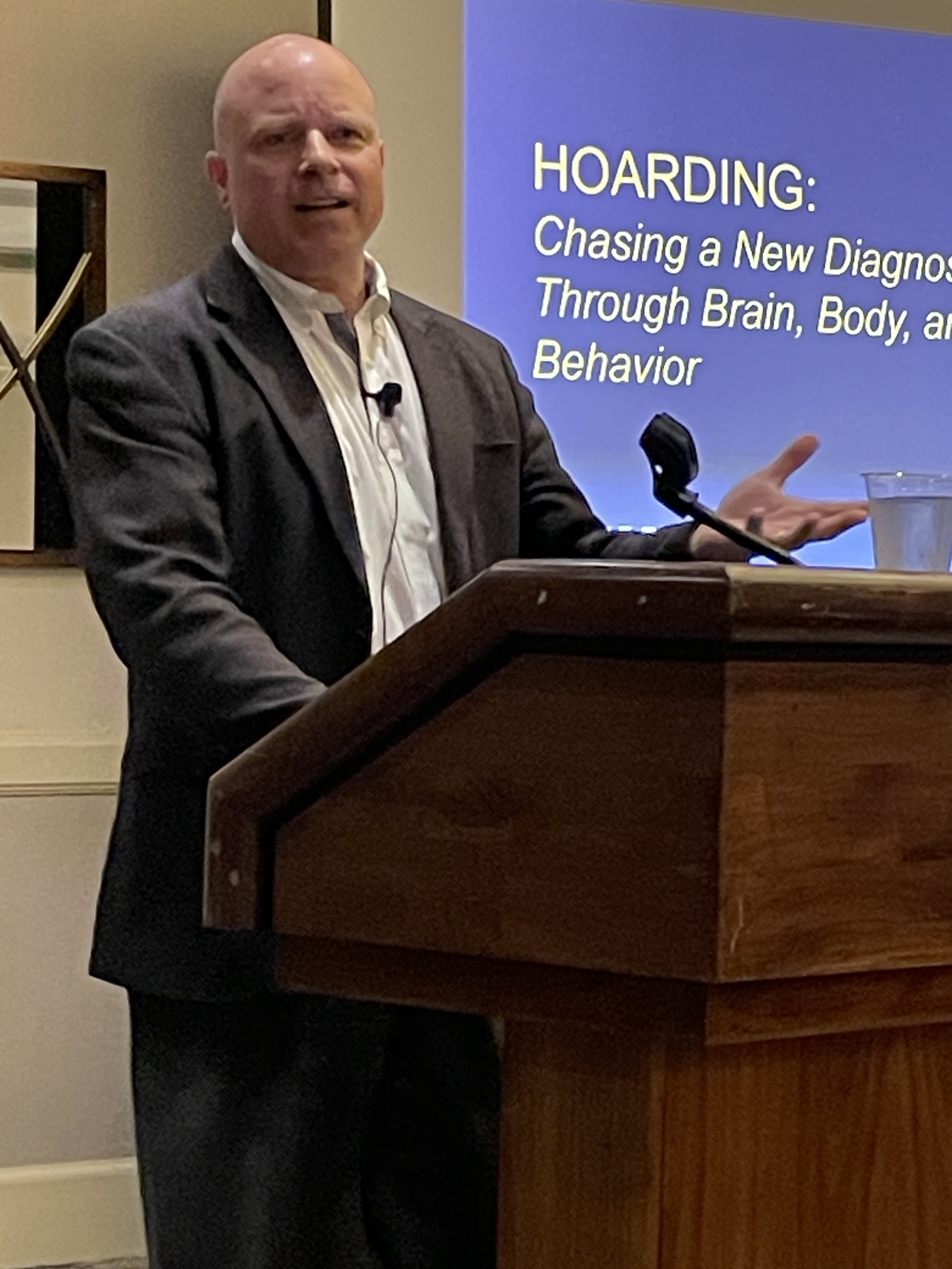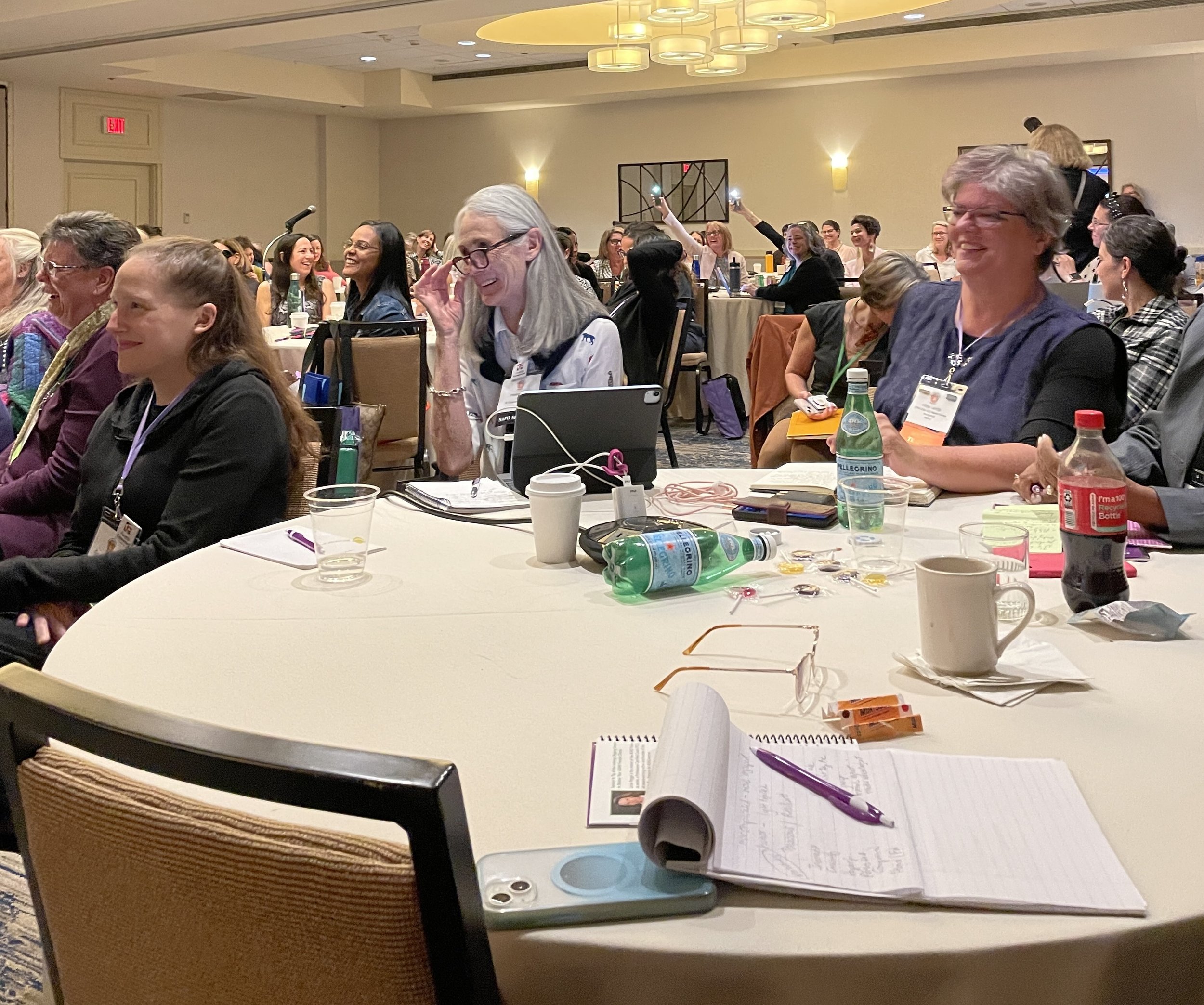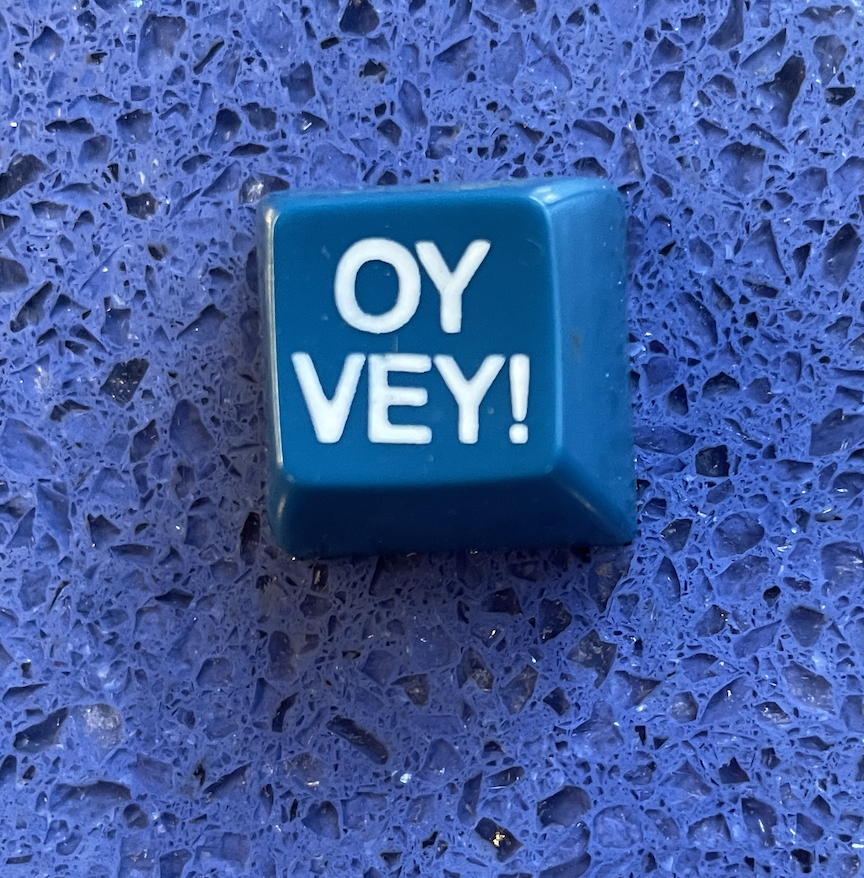In times of great sadness and struggle, it can be challenging to remain hopeful. Finding peace within yourself or between people fighting each other may feel impossible. However, if we lose hope, the possibilities path closes.
Even in the darkest times, hope exists. It’s up to you to nurture hope and the belief that things can improve. This is especially needed now for our world.
You can also channel messages of hope and encouragement to inspire what’s possible for you. If you feel stuck, sad, and are struggling to move forward, soak in these words of wisdom from three incredible people. What will be possible for you?
3 Inspiring Messages of Hope that Encourage Possibilities
1. “Choose a better thought. Choose a better action.”
Marcy Stoudt, Revel Coach founder, encourages us to see the connection between our thoughts and actions. Are your thoughts leading you in a positive direction or paralyzing you before you begin? What you think affects what you do or don’t do.
It’s time to reframe if negative thoughts don't support positive actions. Positive thoughts will pave the way for actions with better outcomes.
What thought can you rework? How will that influence what is possible?
2. “Find the fascinating in every day.”
Christine Gray Johnson, Nest by Revel Advisor and HR expert, motivates us to find joy and hope daily. She understands that what you focus on greatly influences your day. A curiosity-based lens can help you see opportunities and possibilities. Christine advocates paying attention to what is “fascinating.” What do you find captivating, interesting, attractive, alluring, or engaging?
Develop an awareness of things big and small to stimulate curiosity. Reading a new word or phrase or seeing the beautiful changing colors of the fall landscape can be catalysts. The search for the fascinating can become a positive disruptor in your life. Discovery encourages openness, new ways of thinking, opportunities, and possibilities and fosters hope.
“If we lose hope, the possibilities path closes.”
3. “We miss out on opportunities when we only ask what could go wrong. It’s also worth asking what could go right. Change carries risk: we might fail. But sticking to the status quo also brings risk: we might fail to grow. It’s better to test and learn than to never test at all.”
Adam Grant, organizational psychologist and best-selling author, highlights the connection between opportunity, risk, change, and growth. When a possibility appears, do you focus on adverse outcomes? Does that make it difficult for you to lean in? Or do you also weigh the potential positive outcomes? Adam isn’t advocating that you ignore the risks. He is aware that any change has risks and can result in failure. But the more significant risk is never stepping out or growing.
What becomes possible when you consider the what-could-go-right-and-wrong-factors with the growth mindset lens? Does risk-taking feel different?
When negativity fills your mind, everything feels dark and impossible. The light will turn on by changing your thoughts, focus, and attitude toward risk. Opportunities, possibilities, and hope will flourish. What is possible for you? I’d love to hear your thoughts. I invite you to join the conversation.






















